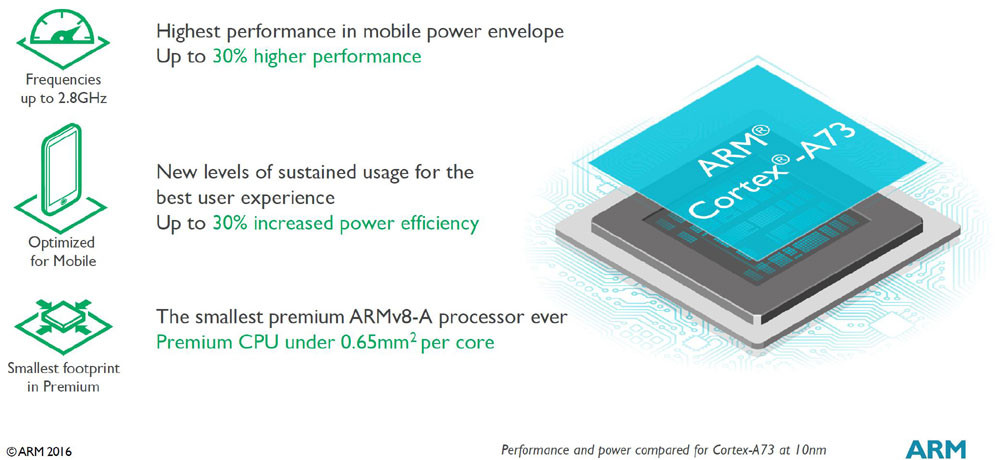Nvidia took the world and the smartphone industry with a storm when it released the first dual-core processor for mobile devices back in 2011 — the Tegra 2. It managed to main that momentum with the Tegra 3 and Tegra 4, even though the chips had overheating issues and a very poor power-to-performance ratio.
Now, after the failure of the Tegra 4 and 4i, Nvidia seems to be focussing its attention to more than just smartphones and tablets.
The company’s CEO, Jen-Hsun Huang, in an interview with CNet stated that the company is looking to expand into cars, televisions, set top boxes, game consoles and other segments of mobile where it can add more value. Nvidia chips are already found inside cars from Audi, Tesla and Lamborghini, where it powers the centre entertainment consoles and runs other processing tasks.
Huang also accepted the failure of Tegra 4i, which did not pan out as the company had expected. He also blamed its failure on the smartphone market becoming a “commodity market” within a very short period of time, which led to the price being the key differentiator. He stated that Nvidia does not go after mainstream products, but instead focuses on performance, visual, computing and game oriented devices, where it feels it can add a lot of value.
Nvidia’s upcoming 64-bit chip, the Tegra K1, powers Xiaomi’s recently announced MiPad. The chipset is also slated to be powering a lot of devices that are slated to be unveiled later this year including the rumored Surface Mini from Microsoft.
Most products powered by Nvidia Tegra chips suffered from overheating issues or had poor performance, which led to their failure. Worse, in some cases, Android OEMs could not update their handsets to the latest version of Android, even if they wanted to because Nvidia had stopped supporting that particular chipset. More than the smartphone market becoming a “commodity market”, I think Nvidia should just accept that always over-promised and under-delivered with its Tegra chips.
Make sure to head over to Cnet to read the whole interview of Nvidia’s CEO.


















